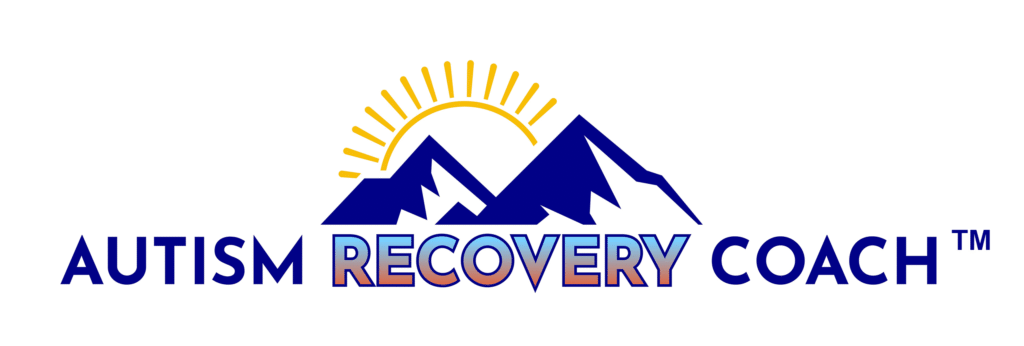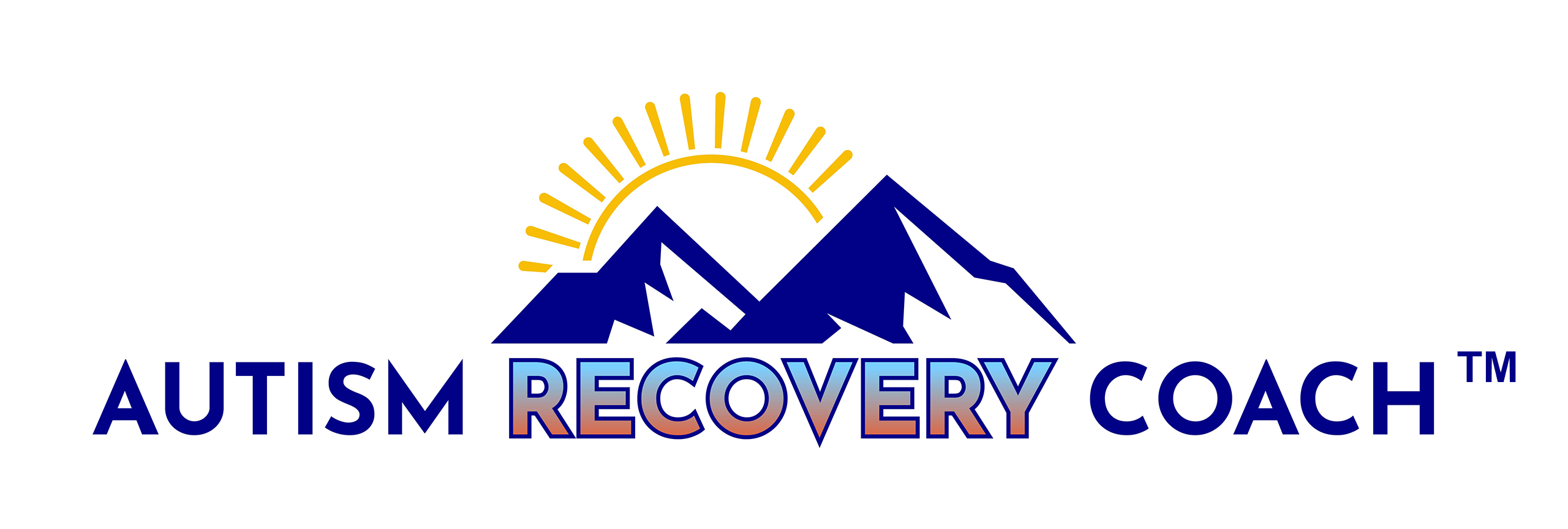For some individuals on the autism spectrum, verbal communication can be a significant challenge. This can lead to frustration, isolation, and hinder their ability to express themselves and connect with others. Augmentative and alternative communication (AAC) offers a bridge, empowering individuals with autism to share their thoughts, wants, and needs effectively.
What is AAC?

AAC encompasses a wide range of tools and strategies that supplement or replace spoken language for communication. It can be low-tech, like picture boards and sign language, or high-tech, utilizing speech-generating devices and apps. The specific approach is tailored to the individual’s needs, abilities, and preferences.
Benefits of AAC for Autism
Increased independence and self-advocacy: AAC empowers individuals with autism to communicate their needs and desires, fostering a sense of control and reducing reliance on others.
Improved social interaction: Effective communication is key to building relationships. AAC allows individuals with autism to engage in conversations, express emotions, and participate more actively in social settings.
Reduced frustration: The inability to express oneself verbally can be incredibly frustrating. AAC provides a reliable outlet for communication, minimizing frustration and meltdowns.
Enhanced learning and development: Effective communication is crucial for learning and development. AAC allows individuals with autism to access information, participate in learning activities, and share their knowledge.
Different AAC Systems and Devices
There’s a vast array of AAC systems and devices available, each catering to varying needs and skill levels. Here are some common examples:
Low-tech AAC: Picture boards, PECS (Picture Exchange Communication System), sign language, and gestures all fall under low-tech AAC. These methods are often ideal for beginners or individuals with limited motor skills.
Mid-tech AAC: These systems may include communication books with pre-programmed phrases and symbols, allowing for more complex expressions.
High-tech AAC: Speech-generating devices and tablets with dedicated AAC apps offer a wide range of vocabulary, voice options, and customization. These can be particularly helpful for individuals with limited speech or strong visual processing skills.
Biomedical Interventions
Biomedical treatments for autism aim to address underlying physiological factors that may be hindering development. While research is ongoing, some theories suggest these treatments may improve language acquisition in children with autism by:
Optimizing brain function: By addressing deficiencies in nutrients, gut health, or inflammation, biomedical interventions may improve brain function, making it easier for children to process and learn language.
Enhancing focus and attention: Some treatments may improve a child’s ability to focus and pay attention, which is crucial for language development.
Reducing sensory sensitivities: Biomedical interventions may help lessen sensory overload, making children more receptive to verbal and nonverbal cues.
Improving overall well-being: Addressing underlying medical issues can improve a child’s overall health and well-being, potentially leading to increased motivation and engagement in communication.
This can lead to improvements in both spoken language and nonverbal communication, such as:
- Increased vocabulary and clearer speech
- Better understanding and use of language for communication
- Enhanced ability to read and interpret facial expressions and body language
- Improved ability to express themselves nonverbally
Strategies for Successful AAC Implementation
Early intervention: The earlier AAC is introduced, the more effectively an individual can learn and utilize the system.
Individualized approach: There’s no one-size-fits-all solution. AAC systems and strategies should be tailored to the specific needs and preferences of the individual.
Consistent use: Regular practice and integration of AAC into daily routines is critical for success.
Modeling and support: Caregivers and educators play a vital role in modeling effective AAC use and providing ongoing support.
By incorporating AAC strategies and fostering a communication-rich environment, we can empower individuals with autism to find their voice and build meaningful connections with the world around them.
People looking for professional autism support and recovery should check out The Autism Recovery Coach. Leveraging evidence-based biomedical strategies, best supplements for autism, and personalized support, I offer comprehensive autism interventions, support, and guidance. Get in touch today for more details.



